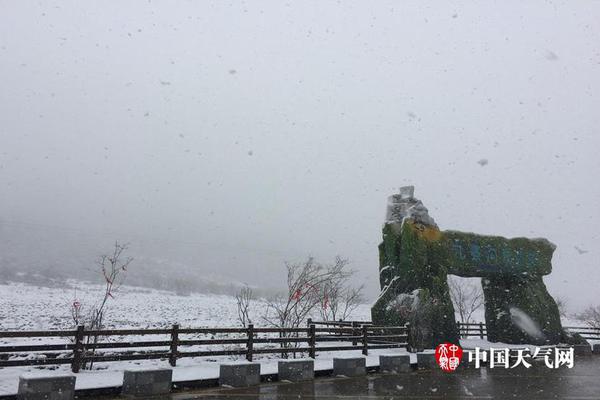
In warehousing management, RFID can be used as an access control system or cargo identification, and ZigBee is generally used to collect warehouse environment parameters. When the goods are in the warehouse, ZigBee can be used to collect the environmental parameters of the goods; when the goods leave the warehouse, RFID can be used to track the logistics process of the goods.
RFID technology is characterized by non-contact identification. It communicates wirelessly, and tags can be read without exposing electrical contacts. Therefore, items pasted with RFID tags can also be identified inside the packaging material. RFID readers can also identify multiple RFID labels at the same time. Sign, and RFID tags for sports.
III) Environmental resistance: Once the paper is dirty, it will not be visible, but RFID has strong dirt resistance to substances such as water, oil and medicine.RFID can also read data in a dark or dirty environment. ( IV) Reusable: Because RFID is electronic data, it can be repeatedly overwritten, so it can be recycled and reused.
RFID system has many advantages, the most prominent of which are high efficiency, accuracy and automation. The RFID system can read the information of multiple items at the same time without direct contact with the items, which avoids the shortcomings of the traditional barcode scanning method. In addition, the RFID system has the characteristics of large capacity, fast identification, strong anti-counterfeiting and so on.
Advantages of RFID system The RFID solution of warehousing and logistics pallets of Beijing Chuangyi Technology Company is specially designed for practical applications in the supply chain. This scheme adopts passive electronic labels, which have a long service life, maintenance-free, unique design, and can be well embedded in plastic pallets, which is not easy to be collided and worn during pallet transportation.
The starting point of the traditional logistics system is to enter or leave the warehouse, but in the RFID logistics system, all goods should have begun to implement RFID tags in the production process. Because in general logistics, most RFID tags are used in the form of self-adhesive labels, and only RFID tags need to be attached to the packaging of items.
1. Cargo tracking and identification: RFID technology can be used to track and identify goods in real time and quickly obtain goods Location and status information. RFID readers and writers are set up in warehouses, logistics centers and other places, which can read the information in the RFID tags attached to the goods in real time to achieve fast and accurate identification and classification of goods.
2. The inventory uses RFID handheld terminals for inventory, replacing the previous barcode inventory, which is faster. Outbound is the same as out-of-warehouse. When goods with RFID tags pass through the entrance of the warehouse, the fixed readers on both sides of the gate will automatically identify RFID tags and upload them to WMS to complete the quick out-of-warehouse.
3. The logistics management system includes a lot of contents, including warehousing, transportation, etc., and the application of RFID in logistics is mainly to use RFID tags in warehousing to drive daily management, which can facilitate the entry and exit of warehousing management and inventory, dumping, transfer and other operations in the warehouse, and improve efficiency. .
4. The application of radio frequency technology in logistics and distribution can be divided into warehousing, warehousing, storage, transportation tracking, distribution, etc. Radio Frequency Technology (RF) is the abbreviation of Radio Frequency.Common applications include wireless radio frequency identification, commonly known as induction electronic chips or proximity cards, induction cards, non-contact cards, electronic labels, electronic barcodes, etc.
Logistics tracking management: RFID technology can identify the unique identifier of items through radio waves and realize the tracking and management of goods in the process of logistics transportation. , including the time when the goods enter and leave the warehouse, the location and status of the goods in transit and other information.
The logistics management system includes a lot of contents, including warehousing, transportation, etc., and the application of RFID in logistics is mainly to use RFID tags to drive daily management in warehousing, which can facilitate the entry and exit of warehousing management and the inventory, dumping, transfer and other operations in the warehouse, and improve efficiency.
Inventory Use RFID handheld terminals for inventory to replace the previous barcode inventory, which is faster. Outbound Like inbound, when goods with RFID tags pass through the entrance of the warehouse, the fixed readers on both sides of the gate will automatically recognize the RFID tag and upload them to WMS to complete the quick out-of-warehouse.
Logistics: Logistics warehousing is one of the most potential application fields of RFID. UPS, DHL, Fedex and other international logistics giants are actively experimenting with RFID technology in order to improve their logistics capabilities in large-scale applications in the future.
1. Chemicals through RFID systemThe collection of information can achieve efficient classification of dangerous goods and avoid the storage of chemicals that will cause safety accidents with two or more interactions in the same warehouse. This can also prevent accidents caused by loopholes in manual management.
2. Cargo tracking and management: Using RFID technology to track and manage goods, the location and status information of goods can be obtained in real time and the accuracy and reliability of inventory can be improved. At the same time, RFID technology can achieve fast and accurate cargo identification, reduce manual errors, and improve work efficiency.
3. At present, RFID technology is bringing a huge change to the supply chain field. It simplifies the complicated workflow and effectively improves the efficiency and transparency of the supply chain by identifying the incomparable advantages of barcodes such as long distance, fast, not easy to damage and large capacity.
4. What are the main aspects of RFID technology applied in logistics? The introduction is as follows: Logistics tracking management: RFID technology can identify the unique identifier of items through radio waves and realize the tracking and management of goods during logistics transportation, including the time when the goods enter and leave the warehouse, the location and status of the goods in transit and other information.
5. DEWarehouseManagementSystem (DEWMS) is a warehouse logistics management system based on Internet of Things RFID barcode technology, which is mainly used for manufacturing and logistics enterprises.
6. Enter the relevant information of the goods into the corresponding RFID tag item in the database.

Describe the corresponding item information, including the production department, completion time, production process and responsible person, use period, target department, project number, security level, etc. The comprehensive information input of RFID tags will become a powerful support for process tracking.
The inventory uses RFID handheld terminals for inventory, replacing the previous barcode inventory, which is faster. Outbound is the same as out-of-warehouse. When goods with RFID tags pass through the entrance of the warehouse, the fixed readers on both sides of the gate will automatically identify RFID tags and upload them to WMS to complete the quick out-of-warehouse.
Logistics: Logistics warehousing is one of the most potential application fields of RFID. UPS, DHL, Fedex and other international logistics giants are actively experimenting with RFID technology in order to improve their logistics capabilities in large-scale applications in the future.
The application of radio frequency technology in logistics and distribution can be divided into warehousing, warehousing, storage, transportation tracking, distribution, etc. of goods. Radio Frequency Technology (RF) is the abbreviation of Radio Frequency.Common applications include wireless radio frequency identification, commonly known as induction electronic chips or proximity cards, induction cards, non-contact cards, electronic labels, electronic barcodes, etc.
Dairy imports HS code references-APP, download it now, new users will receive a novice gift pack.
In warehousing management, RFID can be used as an access control system or cargo identification, and ZigBee is generally used to collect warehouse environment parameters. When the goods are in the warehouse, ZigBee can be used to collect the environmental parameters of the goods; when the goods leave the warehouse, RFID can be used to track the logistics process of the goods.
RFID technology is characterized by non-contact identification. It communicates wirelessly, and tags can be read without exposing electrical contacts. Therefore, items pasted with RFID tags can also be identified inside the packaging material. RFID readers can also identify multiple RFID labels at the same time. Sign, and RFID tags for sports.
III) Environmental resistance: Once the paper is dirty, it will not be visible, but RFID has strong dirt resistance to substances such as water, oil and medicine.RFID can also read data in a dark or dirty environment. ( IV) Reusable: Because RFID is electronic data, it can be repeatedly overwritten, so it can be recycled and reused.
RFID system has many advantages, the most prominent of which are high efficiency, accuracy and automation. The RFID system can read the information of multiple items at the same time without direct contact with the items, which avoids the shortcomings of the traditional barcode scanning method. In addition, the RFID system has the characteristics of large capacity, fast identification, strong anti-counterfeiting and so on.
Advantages of RFID system The RFID solution of warehousing and logistics pallets of Beijing Chuangyi Technology Company is specially designed for practical applications in the supply chain. This scheme adopts passive electronic labels, which have a long service life, maintenance-free, unique design, and can be well embedded in plastic pallets, which is not easy to be collided and worn during pallet transportation.
The starting point of the traditional logistics system is to enter or leave the warehouse, but in the RFID logistics system, all goods should have begun to implement RFID tags in the production process. Because in general logistics, most RFID tags are used in the form of self-adhesive labels, and only RFID tags need to be attached to the packaging of items.
1. Cargo tracking and identification: RFID technology can be used to track and identify goods in real time and quickly obtain goods Location and status information. RFID readers and writers are set up in warehouses, logistics centers and other places, which can read the information in the RFID tags attached to the goods in real time to achieve fast and accurate identification and classification of goods.
2. The inventory uses RFID handheld terminals for inventory, replacing the previous barcode inventory, which is faster. Outbound is the same as out-of-warehouse. When goods with RFID tags pass through the entrance of the warehouse, the fixed readers on both sides of the gate will automatically identify RFID tags and upload them to WMS to complete the quick out-of-warehouse.
3. The logistics management system includes a lot of contents, including warehousing, transportation, etc., and the application of RFID in logistics is mainly to use RFID tags in warehousing to drive daily management, which can facilitate the entry and exit of warehousing management and inventory, dumping, transfer and other operations in the warehouse, and improve efficiency. .
4. The application of radio frequency technology in logistics and distribution can be divided into warehousing, warehousing, storage, transportation tracking, distribution, etc. Radio Frequency Technology (RF) is the abbreviation of Radio Frequency.Common applications include wireless radio frequency identification, commonly known as induction electronic chips or proximity cards, induction cards, non-contact cards, electronic labels, electronic barcodes, etc.
Logistics tracking management: RFID technology can identify the unique identifier of items through radio waves and realize the tracking and management of goods in the process of logistics transportation. , including the time when the goods enter and leave the warehouse, the location and status of the goods in transit and other information.
The logistics management system includes a lot of contents, including warehousing, transportation, etc., and the application of RFID in logistics is mainly to use RFID tags to drive daily management in warehousing, which can facilitate the entry and exit of warehousing management and the inventory, dumping, transfer and other operations in the warehouse, and improve efficiency.
Inventory Use RFID handheld terminals for inventory to replace the previous barcode inventory, which is faster. Outbound Like inbound, when goods with RFID tags pass through the entrance of the warehouse, the fixed readers on both sides of the gate will automatically recognize the RFID tag and upload them to WMS to complete the quick out-of-warehouse.
Logistics: Logistics warehousing is one of the most potential application fields of RFID. UPS, DHL, Fedex and other international logistics giants are actively experimenting with RFID technology in order to improve their logistics capabilities in large-scale applications in the future.
1. Chemicals through RFID systemThe collection of information can achieve efficient classification of dangerous goods and avoid the storage of chemicals that will cause safety accidents with two or more interactions in the same warehouse. This can also prevent accidents caused by loopholes in manual management.
2. Cargo tracking and management: Using RFID technology to track and manage goods, the location and status information of goods can be obtained in real time and the accuracy and reliability of inventory can be improved. At the same time, RFID technology can achieve fast and accurate cargo identification, reduce manual errors, and improve work efficiency.
3. At present, RFID technology is bringing a huge change to the supply chain field. It simplifies the complicated workflow and effectively improves the efficiency and transparency of the supply chain by identifying the incomparable advantages of barcodes such as long distance, fast, not easy to damage and large capacity.
4. What are the main aspects of RFID technology applied in logistics? The introduction is as follows: Logistics tracking management: RFID technology can identify the unique identifier of items through radio waves and realize the tracking and management of goods during logistics transportation, including the time when the goods enter and leave the warehouse, the location and status of the goods in transit and other information.
5. DEWarehouseManagementSystem (DEWMS) is a warehouse logistics management system based on Internet of Things RFID barcode technology, which is mainly used for manufacturing and logistics enterprises.
6. Enter the relevant information of the goods into the corresponding RFID tag item in the database.

Describe the corresponding item information, including the production department, completion time, production process and responsible person, use period, target department, project number, security level, etc. The comprehensive information input of RFID tags will become a powerful support for process tracking.
The inventory uses RFID handheld terminals for inventory, replacing the previous barcode inventory, which is faster. Outbound is the same as out-of-warehouse. When goods with RFID tags pass through the entrance of the warehouse, the fixed readers on both sides of the gate will automatically identify RFID tags and upload them to WMS to complete the quick out-of-warehouse.
Logistics: Logistics warehousing is one of the most potential application fields of RFID. UPS, DHL, Fedex and other international logistics giants are actively experimenting with RFID technology in order to improve their logistics capabilities in large-scale applications in the future.
The application of radio frequency technology in logistics and distribution can be divided into warehousing, warehousing, storage, transportation tracking, distribution, etc. of goods. Radio Frequency Technology (RF) is the abbreviation of Radio Frequency.Common applications include wireless radio frequency identification, commonly known as induction electronic chips or proximity cards, induction cards, non-contact cards, electronic labels, electronic barcodes, etc.
Trade data for market entry strategies
author: 2024-12-23 22:55HS code compliance for Nordic countries
author: 2024-12-23 22:40Real-time cargo utilization metrics
author: 2024-12-23 22:03US-China trade data comparisons
author: 2024-12-23 21:15HS code verification in Middle Eastern markets
author: 2024-12-23 23:27HS code compliance in African unions
author: 2024-12-23 23:14Customizable trade data dashboards
author: 2024-12-23 22:35HS code referencing for port authorities
author: 2024-12-23 22:15Precious metals HS code alignment
author: 2024-12-23 21:19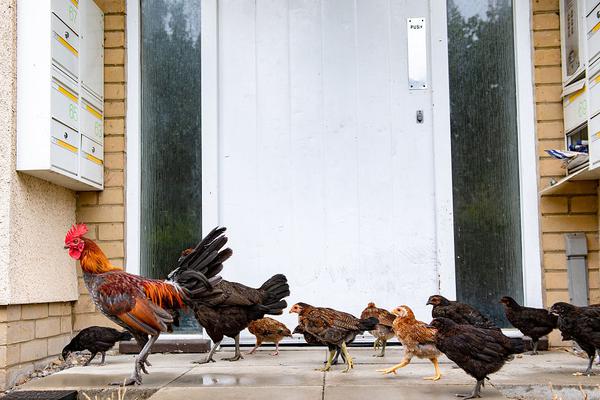 Global trade data enrichment services
Global trade data enrichment services
531.85MB
Check How to standardize trade documentation
How to standardize trade documentation
214.15MB
Check HS code-based negotiation with suppliers
HS code-based negotiation with suppliers
822.51MB
Check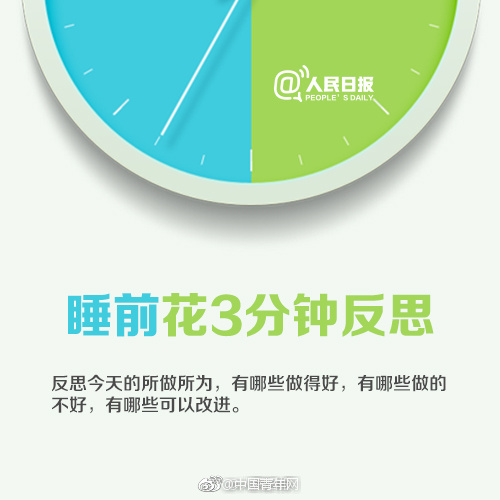 HS code compliance for customs
HS code compliance for customs
865.94MB
Check HS code-driven procurement strategies
HS code-driven procurement strategies
382.66MB
Check Furniture imports HS code analysis
Furniture imports HS code analysis
732.56MB
Check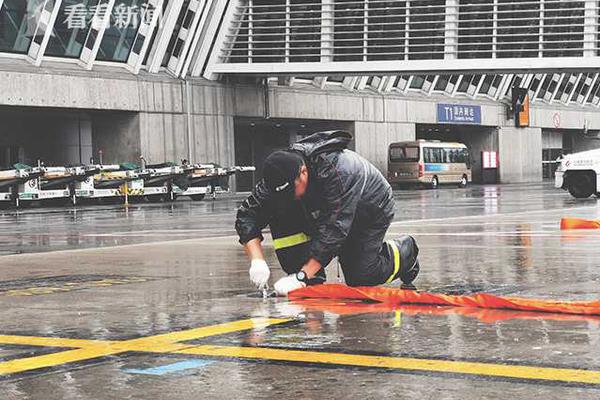 HS code-based cost-cutting strategies
HS code-based cost-cutting strategies
558.18MB
Check Organic chemicals (HS code ) patterns
Organic chemicals (HS code ) patterns
957.12MB
Check Advanced shipment analytics software
Advanced shipment analytics software
688.31MB
Check Global HS code standardization efforts
Global HS code standardization efforts
298.22MB
Check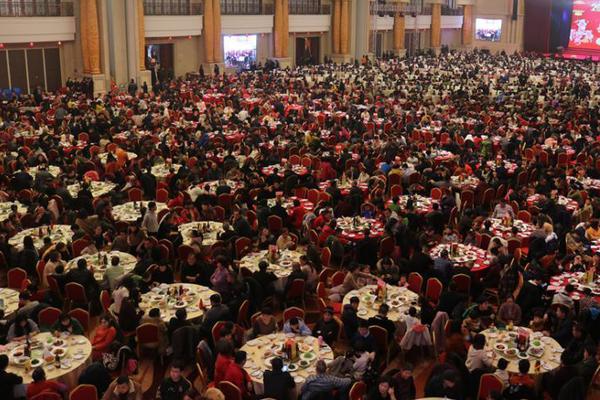 USA importers database access
USA importers database access
921.42MB
Check Industry-specific tariff code reference
Industry-specific tariff code reference
375.61MB
Check Middle East trade compliance platform
Middle East trade compliance platform
151.15MB
Check Packaging industry HS code references
Packaging industry HS code references
524.41MB
Check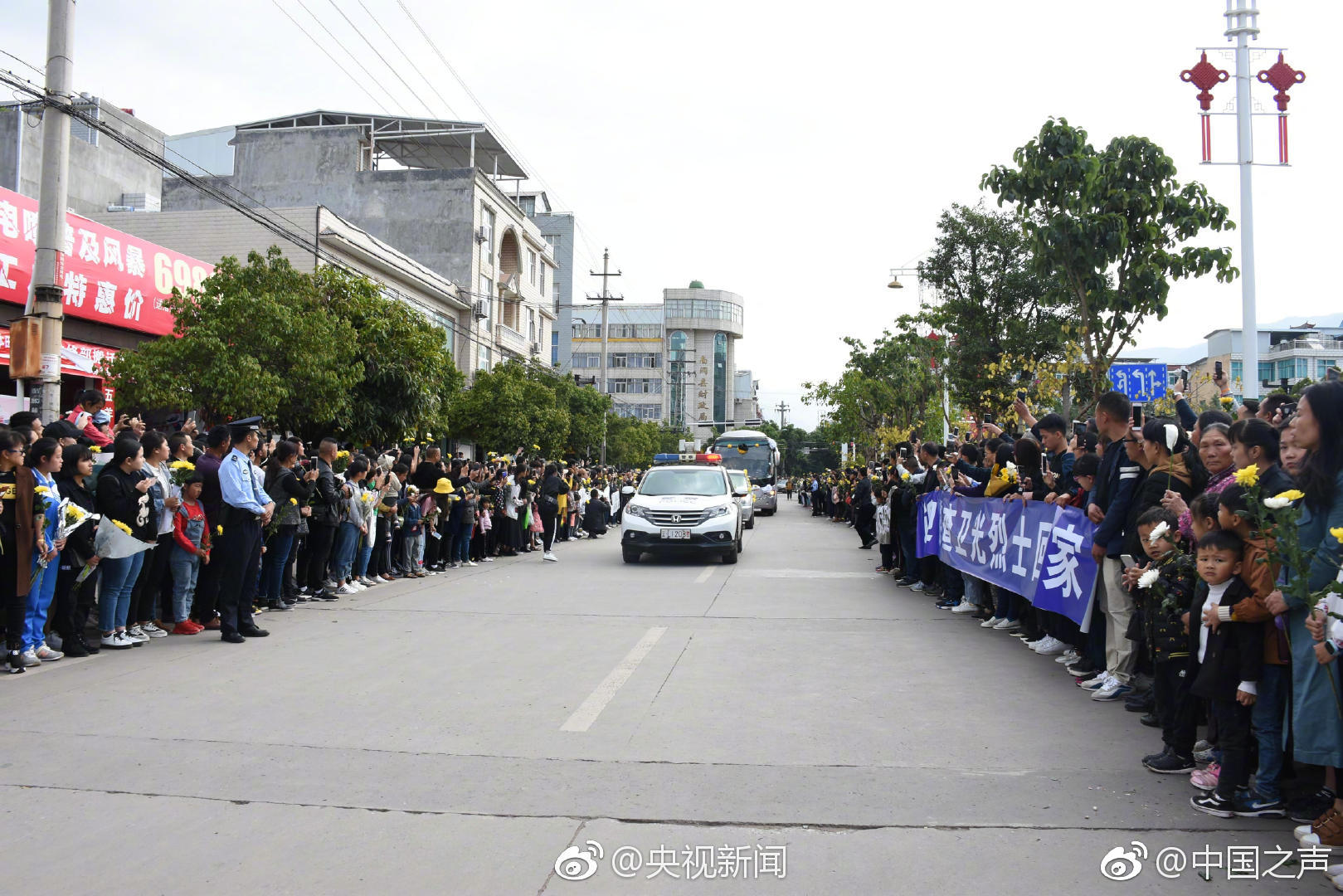 Import restrictions by HS code category
Import restrictions by HS code category
361.59MB
Check HS code-driven procurement strategies
HS code-driven procurement strategies
972.95MB
Check Customs duty prediction models
Customs duty prediction models
551.41MB
Check How to optimize shipping schedules
How to optimize shipping schedules
155.56MB
Check Top global trade data insights
Top global trade data insights
233.14MB
Check Global supply chain partner networks
Global supply chain partner networks
929.73MB
Check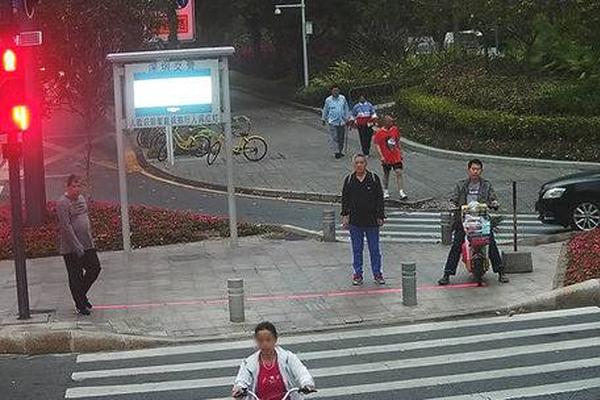 Meat and poultry HS code references
Meat and poultry HS code references
654.48MB
Check HS code-based supply risk mitigation
HS code-based supply risk mitigation
629.57MB
Check Region-specific HS code advisory
Region-specific HS code advisory
415.97MB
Check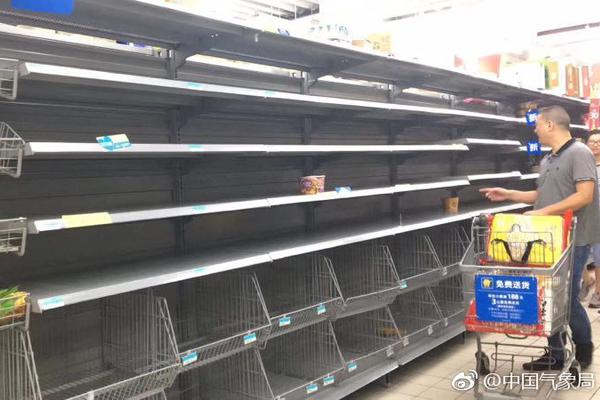 HS code-based duty drawback claims
HS code-based duty drawback claims
672.59MB
Check Trade data for import tariff planning
Trade data for import tariff planning
297.24MB
Check HS code analytics for value-added products
HS code analytics for value-added products
453.27MB
Check Comprehensive customs ruling database
Comprehensive customs ruling database
626.67MB
Check How to utilize blockchain for trade
How to utilize blockchain for trade
673.78MB
Check Pulp and paper HS code compliance
Pulp and paper HS code compliance
872.68MB
Check AI-driven trade data analytics
AI-driven trade data analytics
279.59MB
Check High-value machinery HS code classification
High-value machinery HS code classification
853.32MB
Check Exotic spices HS code classification
Exotic spices HS code classification
736.91MB
Check Soybeans (HS code ) import patterns
Soybeans (HS code ) import patterns
137.43MB
Check Global trade finance compliance checks
Global trade finance compliance checks
314.71MB
Check Sustainable sourcing via HS code tracking
Sustainable sourcing via HS code tracking
249.64MB
Check Identifying growth markets via HS code data
Identifying growth markets via HS code data
147.48MB
Check
Scan to install
Dairy imports HS code references to discover more
Netizen comments More
2363 Trade data for enterprise resource planning
2024-12-23 21:42 recommend
2664 Metals and alloys HS code verification
2024-12-23 21:39 recommend
923 Dehydrated vegetables HS code references
2024-12-23 21:23 recommend
1114 HS code alignment with trade strategies
2024-12-23 21:08 recommend
2316 Predictive trade data cleaning
2024-12-23 21:05 recommend